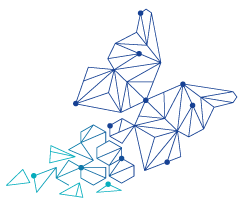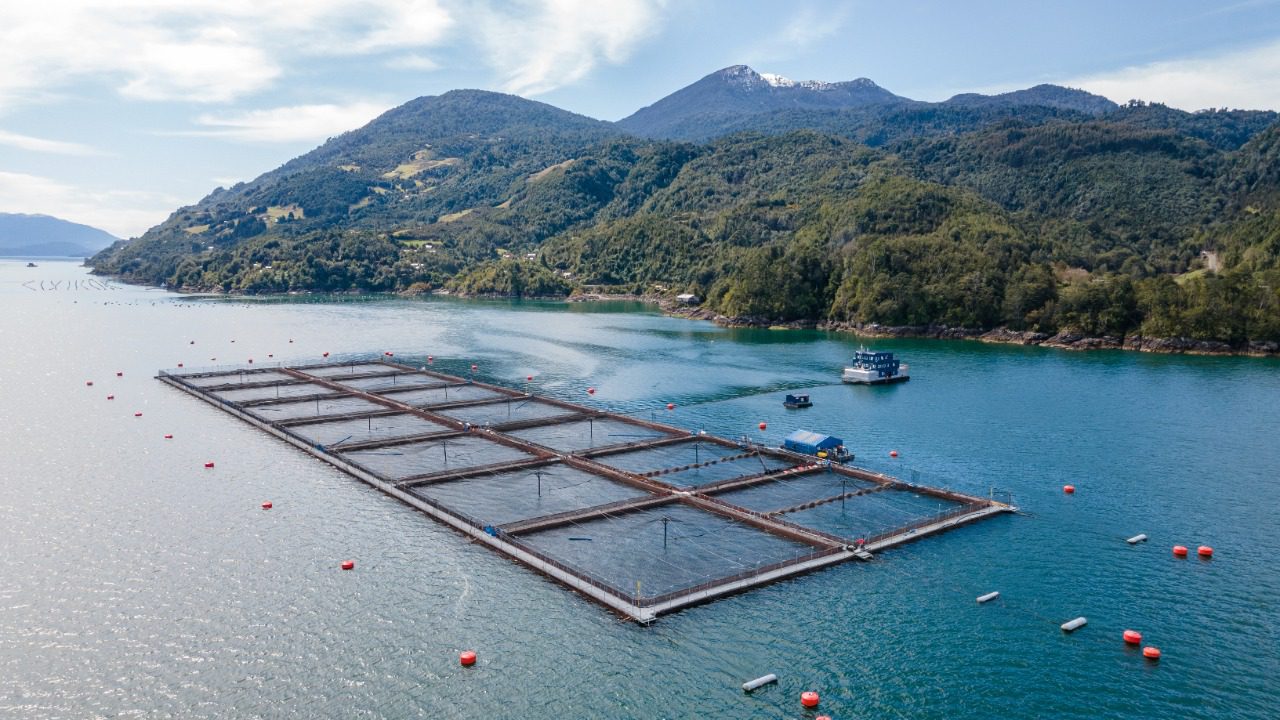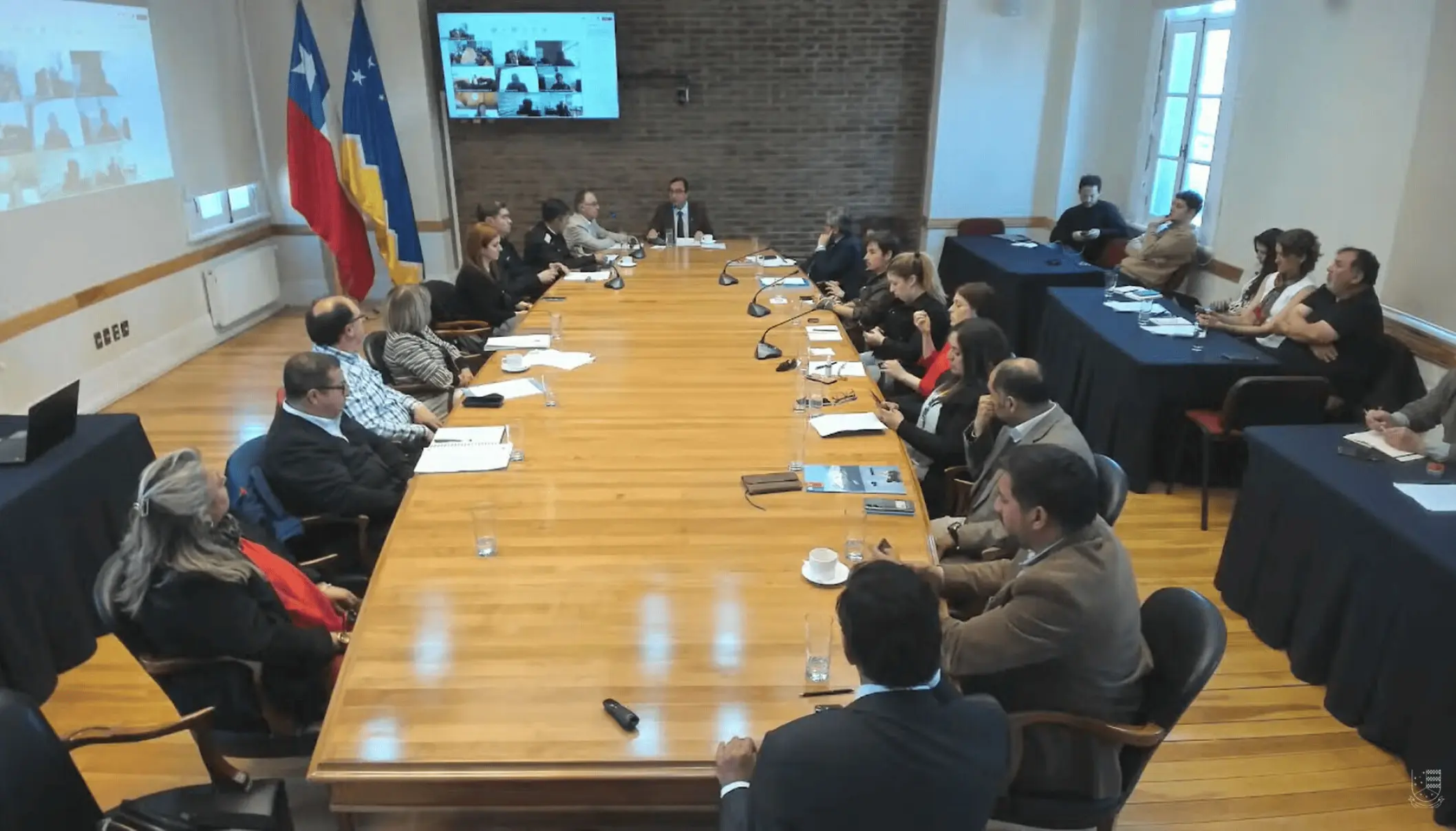
On the eve of Aquasur Tech in Punta Arenas on March 26 and 27, it is important to highlight the role of the fair in raising the visibility of the aquaculture industry. Aquaculture has positioned itself as the second largest export sector in the country after mining. Its main destinations are the United States, Japan, Brazil, Russia, China and Mexico.
Based on this growth of the activity, Julio Salas, Undersecretary of Fisheries and Aquaculture, analyzed the present of the industry before SalmonExpert, and highlighted the challenges they have to achieve that society values the activity, because although economically it is strong, he believes that it does not have the level of reputation or prestige that other activities, such as mining, have.
The main species marketed are salmon, trout, mussels, oysters, and seaweed. The areas where these species are harvested exceed 30,000 hectares, which are distributed among 3,246 concessions, generating close to 70,000 jobs and the presence of just over 4,000 small and medium-sized companies. These harvests are concentrated mainly in the regions of Los Lagos, Aysén del General Carlos Ibáñez del Campo, Magallanes and Chilean Antarctica, Araucanía, Coquimbo and Atacama.
The important growth and positioning of this activity has contributed to the need for it to have its own regulations. This is because, although it is currently governed by the General Law of Fisheries and Aquaculture, the different organizations in the industry consider that it does not fully address the needs of the sector. Because of this, the government, through the Undersecretariat of Fisheries and Aquaculture, initiated a process of dialogue and cooperation to identify the challenges facing aquaculture in the coming years. The workshops and talks were held between October and November 2024, in order to discuss and design the bill.
These workshops and talks held by the Undersecretariat of Fisheries and Aquaculture sought to address eight fundamental pillars for the design of the draft law: access; aquaculture land use planning; environmental; animal health and welfare; research for decision making; control and sanction; production chains and marketing; and governance. These workshops were held in cities such as Puerto Natales, Temuco, Puerto Aysén, Puerto Montt, Castro, Quellón, Hornopirén and Coquimbo.
Considering that there is a great diversity within aquaculture, the bill is intended to take into account general and specific applications, targeting different sectors: APE; salmon farming; mytilidae; algae; other species (scallops, ostreids, etc.); experimental aquaculture and/or research, ornamental species.
In general terms, the demands are associated with and oriented towards achieving the integration of future technological advances, improvements in efficiency, improving access to the activity with a view to the challenges posed by climate change, with ecological balance and animal welfare as the main focus. The Undersecretariat of Fisheries and Aquaculture expects to present the draft Aquaculture Law during the year 2025, but does not rule out that the process could be extended until 2026.



 Related News
Related News New salmon farming project for the Magallanes Region approved
New salmon farming project for the Magallanes Region approved
 Gratt: innovation and experience in water treatment and industrial processes
Gratt: innovation and experience in water treatment and industrial processes
 ABASTIBLETEC will present solutions in innovation and energy intelligence for the aquaculture industry at AquaSur Tech 2025
ABASTIBLETEC will present solutions in innovation and energy intelligence for the aquaculture industry at AquaSur Tech 2025

